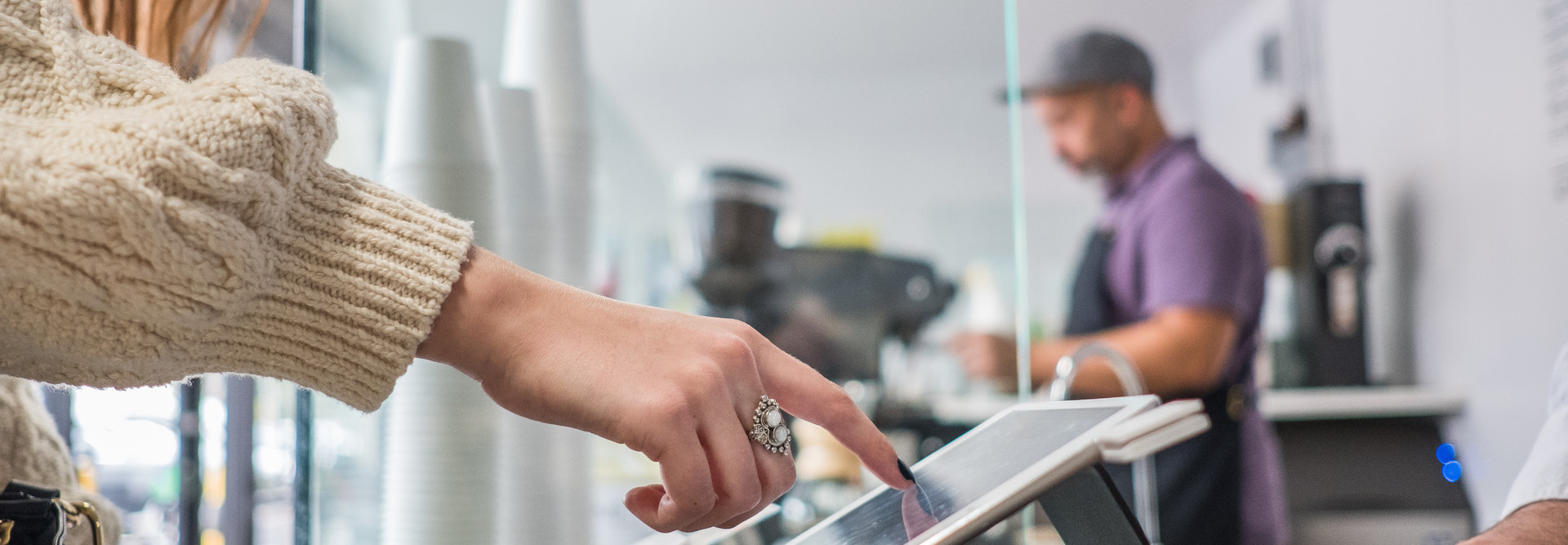Retail will never be the same again.
As the industry emerges from the changes caused by the global COVID-19 pandemic, retailers need to understand that they face new challenges amid an irrevocably altered landscape. Customers demand a more personalized, streamlined experience as they return to stores while maintaining many of the online shopping habits they established during the pandemic.
“There’s a race to win customers back into stores,” says Wali Azim, a sales manager for Pacific Northwest Majors at CDW. “Retailers need to find ways to deliver great customer experiences.”
The opportunity is there. Customers want to shop in stores. A 2021 report from Shopify found that 61 percent of shoppers said they would rather shop with brands that have physical locations, as opposed to brands that are available solely online .
As they return to stores, customers expect a shopping experience that makes it easier to get help from associates, buy products and get through checkout. In fact, according to Shopify, 70 percent of consumers identify the checkout experience as their most significant retail pain point. Technology tools that modernize the checkout process, such as mobile point-of-sale (mPOS) solutions and self-service kiosks, can help stores address this challenge. But to achieve this objective, retailers need to build out an infrastructure that supports these technologies, integrate them with other systems and make sure that users know how to handle them effectively.
Click the banner below to receive exclusive cloud content when you register as an Insider.
Networking Connects Users Throughout the Retail Supply Chain
The deployment of new digital tools in stores has increased the demands placed on retail networks. Retail organizations must be able to connect customers, applications and components throughout the supply chain.
Wi-Fi networking is an essential element of this connectivity. Many stores are meeting the increased demand for network capabilities by deploying hardware that complies with the IEEE 802.11ax standard, commonly referred to as Wi-Fi 6. “Wi-Fi 6 is critical for store operations, because it enables devices to connect and brings sales associates closer to customers,” Azim says. “A lot of new technologies, such as advanced video analytics, also rely on network connectivity.”
Software-defined WAN solutions also offer valuable benefits for retail. As digital transformation initiatives increase the demand for stable, reliable connectivity, SD-WAN can help retailers oversee increasingly complex networks at stores by enabling remote management. It also can reduce bandwidth costs.
DIVE DEEPER: Learn how retailers are overcoming a variety of business challenges.
Ensuring Users Get the Most out of Retail Networks
The advanced technologies that retailers are deploying to deliver digital experiences to customers are far less valuable to organizations if sales associates and others don’t know how to employ them effectively.
Training is key to addressing this issue. A rollout of new technology such as an mPOS solution or self-checkout kiosk should include detailed training for users to learn about new features and workflows. A partner that offers adoption services can be valuable in these circumstances, helping a retailer strategically roll out new technologies.
Simplicity is another important element of adoption. Sales associates and other store personnel will more quickly and effectively take up tools that are easier to use and provide a user-friendly experience.
Integrating Modernized Checkout Tools with Other Retail Systems
As they consider checkout modernization initiatives, retailers should work to gain an understanding of how these new tools will be tied to other back-end systems. One key area to consider is security. “Generally speaking, the more devices there are on a network, the more cybersecurity targets an organization has to defend,” Azim says. “Stores need to be aware of protecting these targets.”
Retailers also can derive additional value by connecting advanced in-store checkout solutions with other retail channels, such as e-commerce platforms. Omnichannel capabilities can bring a customer into a retailer’s orbit, and then modernized checkout systems cement the relationship by allowing them to buy online and pick up in-store or return online purchases in-store. “To enable this, modernized checkout tech needs to be connected to different customer channels,” Azim says.












